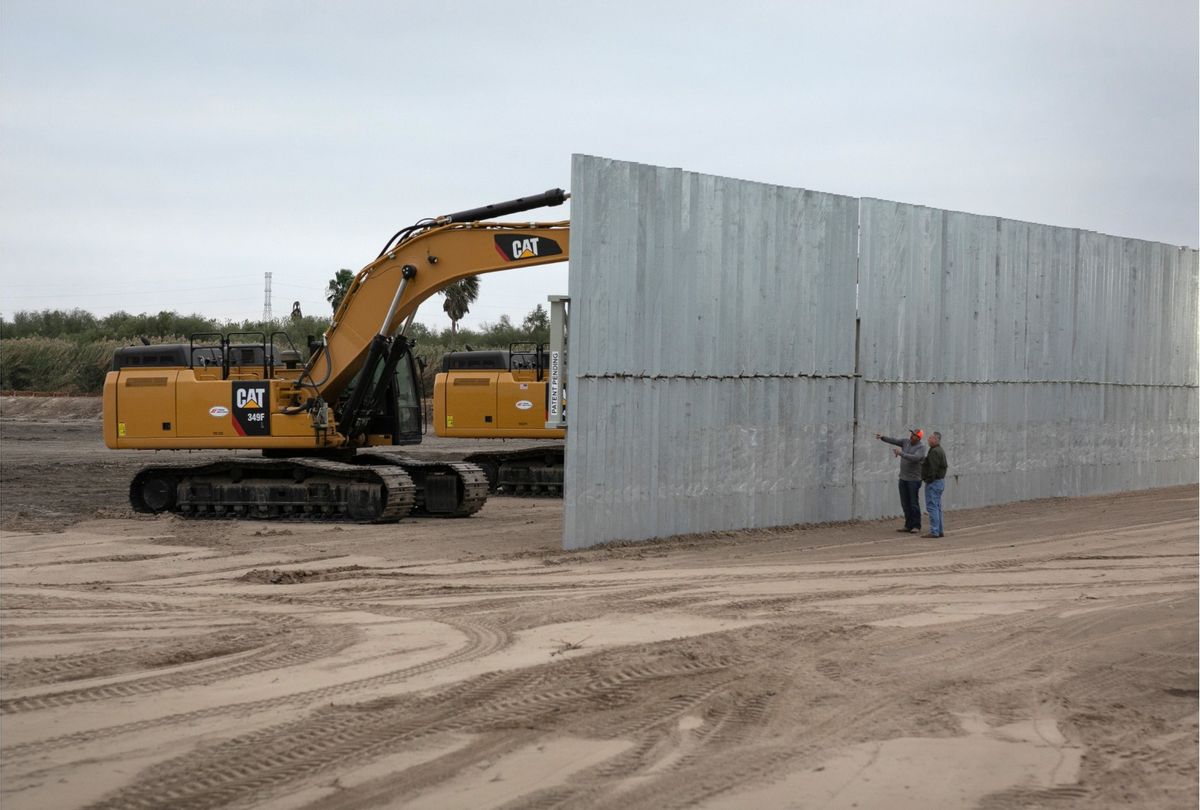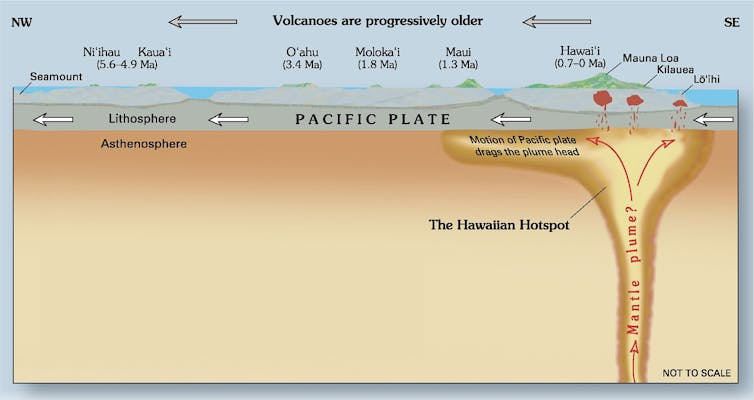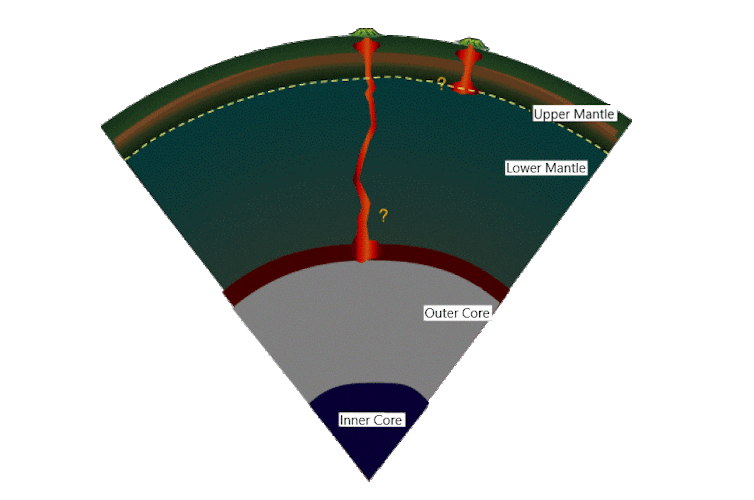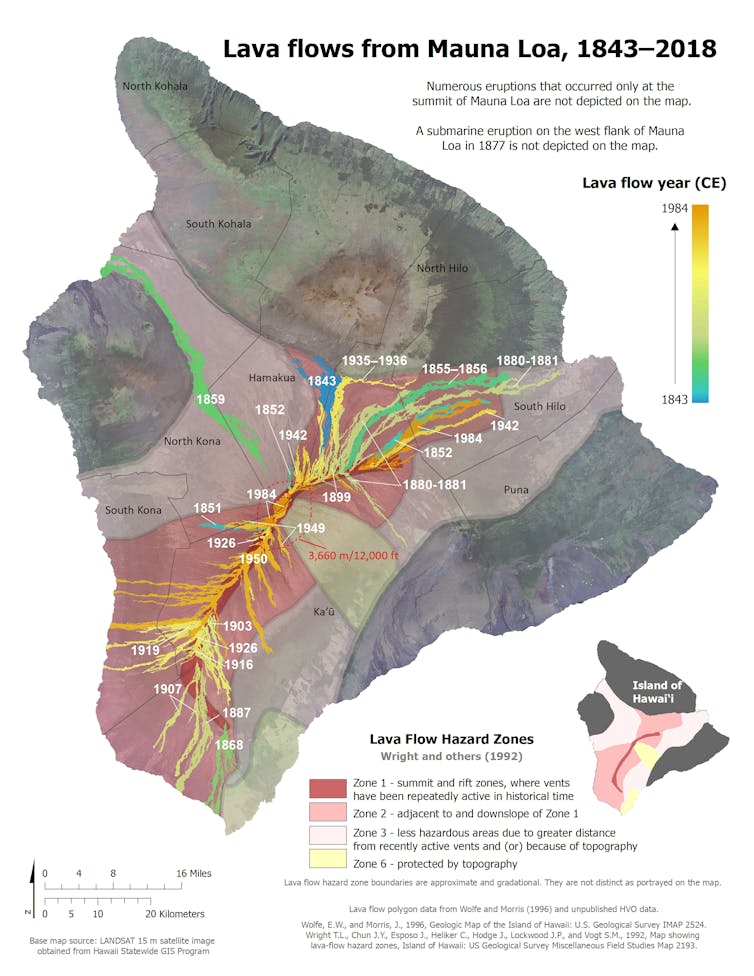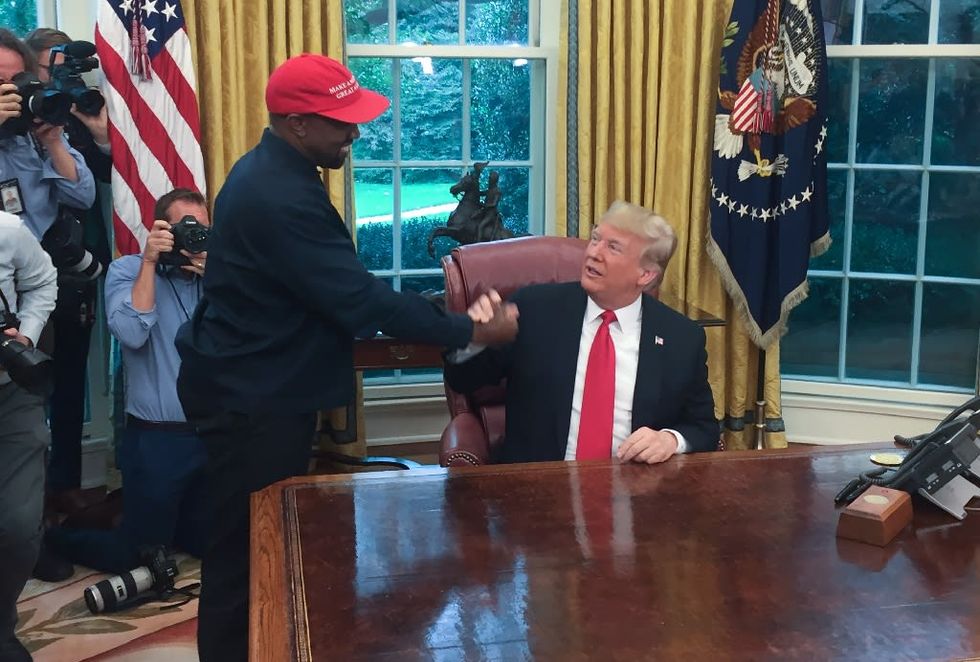Jonathan the tortoise is the oldest known living land animal on Earth
:quality(70)/cloudfront-eu-central-1.images.arcpublishing.com/thenational/LMV57LUBLGDBL7OUWUFIIVYVTE.jpg)
Jonathan, the world's oldest tortoise, has turned 190. PA
The world’s oldest tortoise has lived through the two world wars, witnessed the rise and fall of the British Empire, and has just turned 190.
Jonathan the Seychelles giant tortoise hatched in the Georgian era and is the oldest known living land animal on Earth and the oldest chelonian ever recorded.
Born in the early 1800s, Jonathan has lived on St Helena — an island situated in the middle of the South Atlantic Ocean — since 1882.
Jonathan’s age is an estimation but shell measurements documented from a photograph taken shortly after his arrival to St Helena show he was fully mature and at least 50 years old when he arrived from Seychelles in 1882 — although it is likely that he is even older.
Joe Hollins began caring for Jonathan when he worked as a St Helena’s veterinary surgeon and, although now retired, still helps look after the tortoise.
Mr Hollins said: “When you think, if he was hatched in 1832 — the Georgian era — my goodness, the changes in the world.
“The world wars, the rise and fall of the British Empire, the many governors, kings and queens that have passed, it’s quite extraordinary.
“And he’s just been here, enjoying himself.”
:quality(70)/cloudfront-eu-central-1.images.arcpublishing.com/thenational/LZSZDTP3J3AMIOLVFAJIMQQGVQ.jpg)
At the start of 2022 Jonathan achieved the Guinness World Records title for the world’s oldest living land animal and this month, he has also been named as the oldest documented tortoise.
Jonathan has spent the majority of his life on the British Overseas Territory, one of the world’s most remote islands. He lives on the grounds of Plantation House, the governor's residence, alongside three much younger tortoises called David, Emma and Fred.
He has witnessed more than 35 governors come and go from Plantation House and has seen the island introduce radio, telephones, TVs, internet, cars and an airport.
Mr Hollins said it was a privilege to look after the elderly animal, who he described as “magnificent”.
“I do think he’s fabulous actually, he’s a great animal,” he said.
:quality(70)/cloudfront-eu-central-1.images.arcpublishing.com/thenational/VC7H5N3C5TE5LBA3Y2LNWVKM3E.jpg)
“And as a vet — what greater privilege is there than to be looking after the oldest known living land animal in the world? I mean, how often does that happen?
“It is such a privilege to be able to care for this magnificent animal.”
To celebrate his 190th birthday, residents from across the island will be come together on Friday to honour Jonathan over three days at a birthday party at the governor’s residence.
Highlights will include a display of a range of posters celebrating Jonathan’s life, bearing pictures and messages from those who have visited him over the years.
On Saturday, a series of activities honouring his birthday will include a chat with the governor and his wife as they feed Jonathan his favourite vegetables.
The event will be live streamed online from Plantation House so anyone from across the world can join in with the celebrations.
An animated video and song dedicated to celebrating Jonathan’s life will premiere on Sunday, and he will be given a ‘birthday cake’ — made entirely out of his favourite healthy foods.
A special stamp will also be on sale alongside other memorabilia which islanders will be able to win during novelty tortoise-themed games.
For more information about the celebrations, visit St Helena Tourism’s Facebook page.
